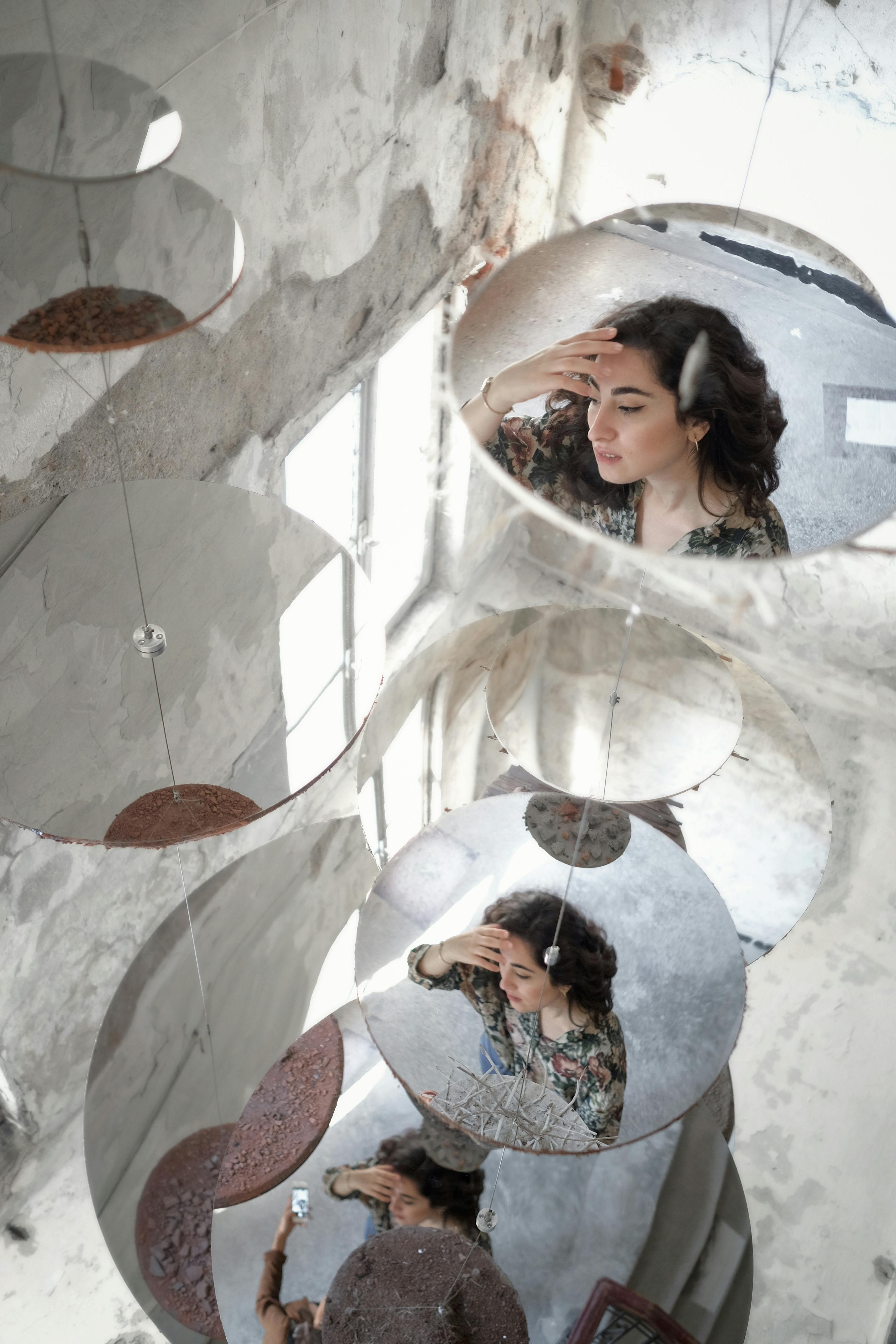Practical Guide to Mirrors for Wall, Frame, and Interior Design
Mirrors are more than reflective surfaces: they shape light, expand perceived space, and act as decorative focal points in interior settings. Whether you’re mounting a single statement piece above a console or arranging a gallery of small mirrors across a long wall, understanding scale, frame choice, and placement helps a mirror perform both practical and aesthetic roles in your home decor.

How does a mirror affect wall perception?
A mirror alters how a wall reads by reflecting light and other parts of the room, which can create the illusion of depth and make a narrow corridor or small room feel larger. Positioning a mirror opposite a window doubles natural light; placing one along a long wall can break up monotony and add visual interest without altering architecture. Consider the mirror’s size relative to the wall—an oversized mirror can become the dominant feature, while smaller mirrors grouped together act as a decorative composition.
Thoughtful use of mirrors also redirects attention: a mirror reflecting a view, artwork, or textured wall introduces variety and layers to the room’s design. Avoid placing mirrors where they reflect clutter or awkward sightlines; instead, aim to reflect attractive elements and light sources. Mounting hardware and safe hanging methods are important when working with large pieces to protect the wall and prevent accidents.
Choosing a frame for your mirror
A frame defines the mirror’s style and anchors it within surrounding decor. Metal frames (brass, blackened steel) lend a modern or industrial edge, while wood frames bring warmth and suit traditional or rustic interiors. Frameless mirrors offer a minimalist, seamless look that works well in contemporary bathrooms or gallery walls. Consider frame width and finish: a thin frame reads delicate, whereas a wide, chunky frame becomes more furniture-like.
Frame color and texture should harmonize with nearby furnishings and finishes—match metallic frames to light fixtures or cabinet pulls for cohesion. Don’t overlook the practical aspects: some frames add weight, affecting installation, and some materials require specific cleaning approaches to preserve finish. If a mirror’s frame doesn’t match but the mirror itself is ideal, consider swapping or repainting frames to better integrate the piece into your design.
Mirror placement in interior design
Placement starts with purpose: are you using a mirror for grooming, to enhance light, or as an artful accent? In entryways, place a mirror at a height that allows most people to check their appearance while also aligning it with furniture like consoles. In living rooms, mirrors above mantels or sofas should be proportionate—typically two-thirds to three-quarters the width of the furniture below. In dining rooms, a mirror can reflect a chandelier and make evening meals feel more luminous.
Think about sightlines and how the mirror will be seen from various parts of the room. Clustered mirrors can create a dynamic focal point on a feature wall, while a tall, narrow mirror beside a wardrobe emphasizes verticality and can make ceilings feel higher. Always account for lighting when placing mirrors: glare from direct bulbs or uncomfortable reflections of screens can detract from the experience.
Mirrors in home decor styles
Mirrors adapt to nearly every home decor style. In minimalist interiors, simple, frameless mirrors preserve a clean, uncluttered look. Classic and transitional rooms benefit from mirrors with carved wooden frames or subtle gilding that nod to traditional craftsmanship. For eclectic or bohemian spaces, mismatched frames grouped into a salon-style wall inject personality and texture. Industrial lofts often favor mirrors with grid-like steel frames that echo factory windows.
Mixing mirror shapes—round, oval, rectangular—adds rhythm to a vignette and can soften hard lines when used near angular furniture. Consider scale and repetition: multiple small mirrors arranged systematically offer a modern, modular feel, while a single large round mirror above a credenza signals a singular, elegant statement in contemporary home decor.
Care and safety for wall mirrors
Proper care extends a mirror’s life and maintains clarity. Use a lint-free cloth and a balanced glass cleaner or a vinegar-water solution to remove smudges; avoid cleaners with abrasive particles that can scratch glass or damage frame finishes. For framed mirrors, clean the frame according to its material—wood needs gentle dusting and occasional polishing, while metal frames may require a dry cloth or a protective wax to prevent tarnish.
Safety considerations include secure mounting hardware rated for the mirror’s weight and wall type—plaster, drywall, and masonry each need appropriate anchors. For households with children or in earthquake-prone areas, opt for mirror clips, anti-tip straps, or shatter-resistant backing films. When transporting or changing a mirror’s location, always handle with two people and wrap the glass and frame to prevent chips and cracks.
Conclusion
Mirrors serve functional and decorative roles in interior design, transforming walls, enhancing light, and reinforcing a room’s style through frame and placement choices. By considering scale, reflection, frame material, and proper installation, you can make mirrors work effectively within home decor schemes. Thoughtful selection and maintenance ensure mirrors remain practical fixtures and enduring design elements in any space.






